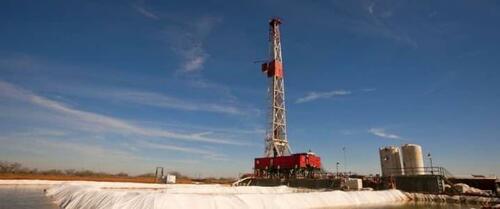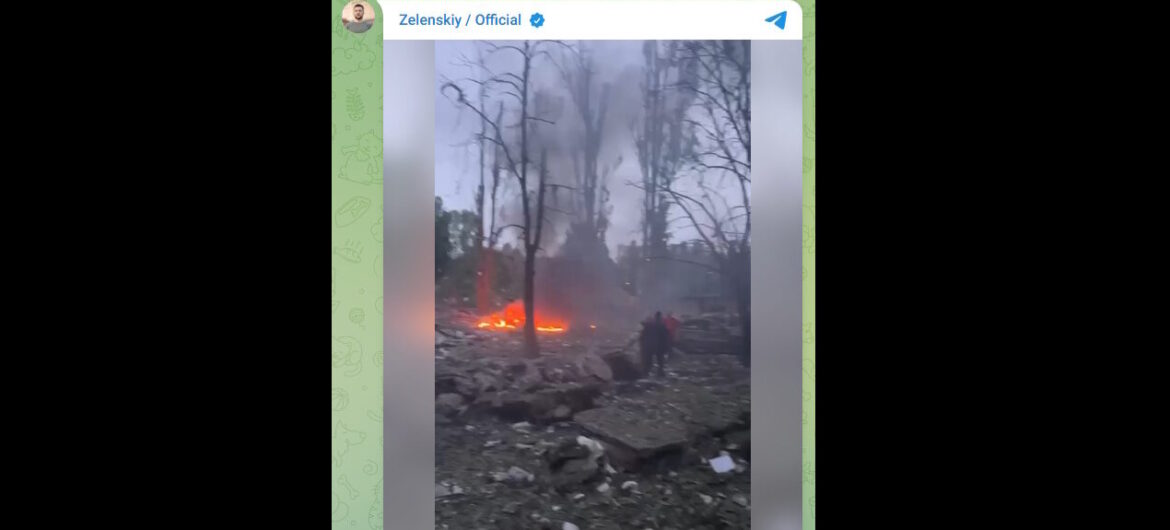
The Permian’s Dirty „Wastewater” Secret Is Bubbling Over
By Irina Slav of OilPrice.com
The Permian Basin produces over 5 million barrels of oil daily. With that, the Permian also produces a lot of wastewater, which has started to turn into a problem. Some drillers are even suing others for ruining their reserves.

Back in May, the Texas Railroad Commission sent out notices to companies applying for licenses for wastewater disposal wells in the basin, stating that there were ground pressure issues caused by wastewater disposal. The number of new ones was to be restricted.
This is one problem that does not have a straightforward solution, at least not a cheap one. For years, drillers in the Permian disposed of their wastewater by injecting it deep into the ground. However, this deep wastewater injection triggered increased seismic activity, as reported by the U.S. Geological Survey. The USGS noted in its report that only a small minority of all wastewater disposal wells in the U.S. shale patch can cause quakes that are noticeable, but, per the Texas Railroad Commission, it’s not only quakes.
When the link between deep wastewater disposal wells and seismic activity was reported by the USGS, drillers began to dispose of their wastewater in shallower wells. That was five years ago. Drilling activity over these five years, however, has grown so much that the ground can’t handle the increased volumes of wastewater—so it has started causing problems.
Wastewater disposal, the Railroad Commission wrote in the letters, “has resulted in widespread increases in reservoir pressure that may not be in the public interest and may harm mineral and freshwater resources in Texas.” The RRC added that “Drilling hazards, hydrocarbon production losses, uncontrolled flows, ground surface deformation, and seismic activity have been observed,” as cited by Bloomberg.
According to one company, wastewater disposal wells can indeed harm production—and reserves. A company called Stateline Operating is suing Devon Energy and water disposal company Aris Water Solutions, saying wastewater from Devon’s operations had ruined Stateline’s reserves, according to a Bloomberg report that cited a filing made in April this year. There is also an El Paso court ruling from April that denies a petition for appeal from Devon Energy and Aris Water Solutions. Per Bloomberg, the lawsuit was originally filed in 2023.
According to Stateline Operating, the disposal of wastewater in close proximity to its producing assets by Devon and Aris had caused “permanent damage to Stateline’s wells and production, and irrevocably lost oil and gas in place.” The company is seeking $180 million in damages. “Aris strongly disputes that any of the water disposed in its wells has somehow damaged Stateline Operating’s production,” an attorney for one of the defendants said, as quoted by Bloomberg.
Bloomberg’s report presents the problem as potentially turning drillers on each other because one company’s wastewater may be ruining another company’s oil assets. Yet there is a more direct and immediate problem: costs. If deep wastewater wells are not an option and now shallow wells are not an option either, then it’s either recycling or less drilling. Recycling adds to costs. Less drilling means less oil sales. The Railroad Commission has already instituted limits on water pressure levels at disposal wells because of “the physical limitations of the disposal reservoirs.”
The amount of wastewater used in the Permian has expanded sevenfold over the last 15 years, according to Enverus data. The expansion reflected the sharp increase in drilling activity that turned the Permian into the biggest single oil-producing region in the United States. Yet, it seems, few paid attention to the disposal aspect of this boom. Now, more will have to as regulators step in to restrict activity as a result of its fast expansion.
Tyler Durden
Wed, 07/30/2025 – 11:10












